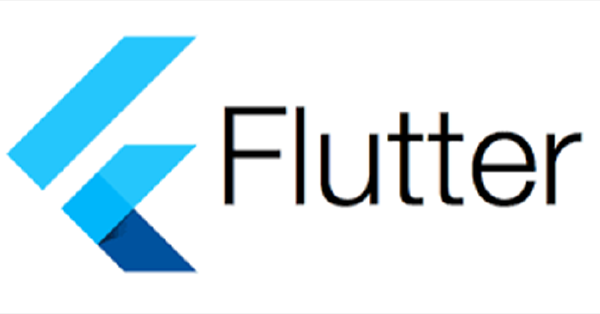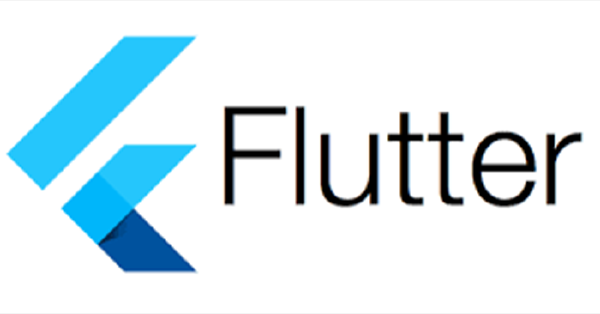widjet

Flutter everithings is a widget! Why? But Really!
Theory Flutter is a new language that has recently come out from the beta, implemented by Google on the basis of Dartlanguage less known today than FLutter. It is a modern language but based on Dart, the syntax is very similar to any other modern object language. The main concept on which it is based is Everything is a widget. But what does it really mean? All we are dealing with when developing in Flutter is a widget. A widget may or may not have a status, which can determine its content or form. It could be seen as an object as you imagine it with the difference that it can have a state to update the view and it can contain contents and shapes. Yes, you have understood shapes correctly, since a widget, besides defining properties and methods, can define shapes. Finally, a widget can include or extend another widget. So an app in flutter is the composition of the widgets together. An example could be a form containing n input text widgets etc. and a button also widget. The main widget that we can make are of two types, at least for now before google upsets everything, and are as follows: Widgets stateless (statelesswidget) are immutable, like a static class. A button that never changes color can be defined as a static widget. It can also be used in case we need to show only non-interactive descriptions. Stateful widgets (statefulwidget): one (or more) property related to them, changing, can change the behavior, appearance or functionality of the widget. An app screen that changes based on content in an http response is a widget with status (just because the screen content varies based on the http response). Example: in case we need to request data from users and then update the same widget to validate or show an ok data entered correctly. To update the widget you need to use the setstate with the property updated so that the change is extended. Consideration The thing I liked most about Flutter: that we can develop everything through a single language. the livereload works really well and allows us to write the code faster. with single environment and same code we have a build for Android and IOS as Native Recently flutter can also be used in web and desktop (Linux & Windows) :) At the beginning I was a little skeptical about using widgets and it was a little complicated and dispersed to understand the advantages. After using them I must say that they are simpler than they seem to be implemented and thanks to this approach it will be easier to reason according to the best practice “DRY” (Don’t Repeat Yourself). On the one hand it adds an incredible nesting during the construction phase of the interface by boxing one widget into another and so on; however it has a logic that is modular in nature and this is excellent for decoupling small widgets that will consist of their properties and their tasks. By decoupling, we can test them and use them with different widgets to make more complex widgets. In this way the code will be more maintainable and functional.

Flutter tutto è un widget! Perchè? Ma veramente?
Teoria Flutter è un nuovo linguaggio uscito da non molto dalla beta, implementato da google sulla base del linguaggio Dart, meno noto ad oggi di FLutter. E’ un linguaggio moderno ma basandosi su Dart, la sintassi è molto simile a qualsiasi altro linguaggio moderno ad oggetti. Il concetto principale su cui si basa è Everything is a widget. Ma cosa vuol dire davvero? Tutto ciò con cui abbiamo a che fare sviluppando in Flutter è un widget. Un widget può avere o meno uno stato, che ne può determinare contenuto o forma. Potrebbe essere visto come un oggetto come lo immaginate con la differenza che può avere uno stato per aggiornare la view e può contenere contenuti e forme. Sì, avete capito bene! forme in quanto un widget oltre a definire proprietà e metodi, può definire forme. Infine un widget può includere o estendere un altro widget. Quindi un’applicazione in flutter è la composizione dei widget insieme. Un esempio può essere un form che contiene un widget di input text ecc. e un botton anch’esso widget. I widget principali che possiamo realizzare sono di due tipi, almeno per adesso prima che google sconvolga tutto, e sono i seguenti: Widget privi di stato (statelesswidget): sono immutabili, come una classe statico. Un bottone che non cambia mai colore può essere definito come uno widget statico, può essere utilizzato anche nel caso abbiamo bisogno di mostrare solo descrizioni non interattive. Widget dotati di stato (statefulwidget): una (o più) proprietà ad essi afferente, cambiando, può mutare il comportamento, le sembianze o le funzionalità del widget. Una schermata dell’app che cambia in base al contenuto in una risposta http è un widget dotato di stato (proprio perché il contenuto della schermata varia in base alla risposta http). Esempio: nel caso in cui dobbiamo richiedere dei dati agli utenti e poi riaggiornare lo stesso widget per validare o mostrare un ok dati inseriti correttamente. Per aggiornare il widget è necessario utilizzare il setstate con la proprietà aggiornata in modo che venga prorogata la modifica. Considerazioni La cosa che ho apprezzato di più di Flutter: che possiamo sviluppare tutto tramite un unico linguaggio. il live reload funziona davvero bene e ci permette di scrivere il codice più velocemente. Dobbiamo scrivere e manutenere un’ unica linea di codice fruibile su Android e IOS come nativo. da poco con la stessa linea di codice è possibile fare il build anche per web e desktop (Linux e Windows) :) All’inizio ero un pò scettico nell’utilizzare i widget ed è stato un pò complicato e dispersivo comprenderne i vantaggi. Tuttavia, dopo averli utilizzati devo dire che sono più semplici di quello che sembrano da implementare e grazie a questo approccio sarà più semplice ragionare secondo la best practice “DRY” (Don’t Repeat Yourself). Da un lato aggiunge una nidificazione incredibile in fase di costruzione dell’interfaccia iscatolando un widget dentro un altro e così via, dall’altro ha una logica che di sua natura è modulare e ciò è ottimo per disaccoppiare piccoli widget che saranno consistenti delle loro proprietà e i loro compiti. Disaccoppiando, possiamo testarli e usarli con diversi widget per fare widget più complessi. In questo modo il codice sarà più manutenibile e funzionale.